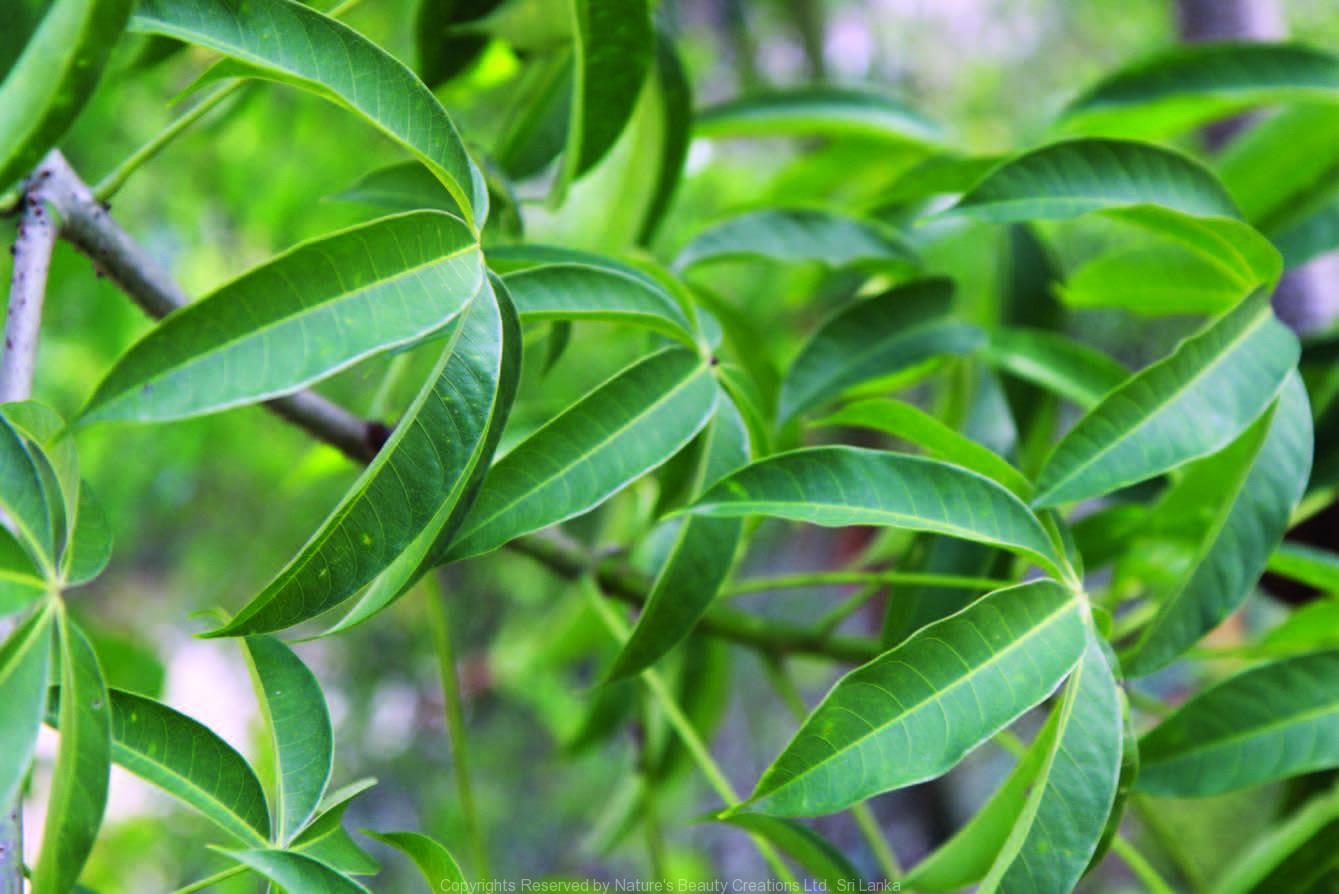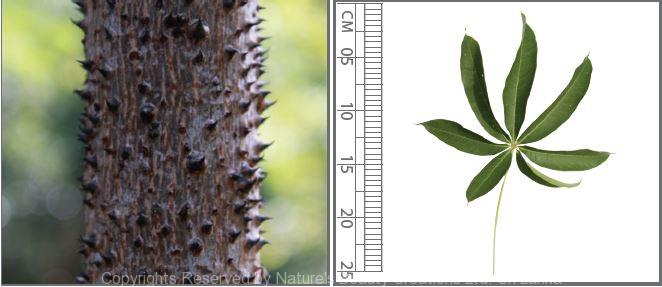

Traditional Knowledge
Useful plant parts :
Gum, root, young fruit and seed
Uses in traditional medicine :
- Bark gum is dissolved in pure water and taken in low doses for dysentery and diarrhoea
- Juice of young fruits is used to treat inflammations, ulceration of bladder and kidney
- Infusion of seeds is useful in treating cystitis and catarrhal affections
- Infusion of roots acts as an astringent, restorative, alterative, demulcent, tonic, diuretic and aphrodisiac, and is used to treat gonorrhoea, dysentery, impotency and rheumatic swellings
Scientific Research
Chemical constituents:
Phenolic compounds: isovanillic acid, protocatechuic acid, xanthonoid: mangiferin, flavonoids: quercetin, apigenin and their glycosides from flowers; flavonoid glucosides: shamimin, shamiminol from stem bark and leaves
Bioactivity :
Crude extract of flowers: analgaesic, anti-inflammatory, hepatoprotective, antitumour; methanol extract of stem bark: antiangiogenic; methanol extract of root: antioxidative; shamimin: hypoglycaemic, hypotensive; aqueous and ethanol extract of fruit: diuretic
Clinical:
Methanol extract of root exhibits antioxidant properties
References : Faizi, S. et al., (2011), Shamiminol: a new aromatic glycoside from the stem bark of Bombax ceiba, Nat Prod Communm, 6(12), 1897-900. Jalalpure, S. S. and Gadge, N. B., (2011), Diuretic effects of young fruit extracts of Bombax ceiba L. in rats, Indian J Pharm Sci, 73(3), 306-11. Jain. V. et al., (2011), Free Radical Scavenging Property of Bombax ceiba Linn. Root, Research Journal of Medicinal Plant, 5(4), 462-470. Said, A. et al., (2011), Phytoconstituents and bioactivity evaluation of Bombax ceiba L. flowers, Journal of Traditional Medicine, 28, 55-62. Saleem, R. et al., (1999), Hypotensive, Hypoglycaemic and Toxicologi- cal Studies on the Flavonol C-Glycoside Shamimin from Bombax ceiba, Planta Med, 65(4), 331-334. Vieira, T. et al, (2009), Antioxidant activity of methanolic extract of Bombax ceiba, Redox Report, 14(1), 41-46. You, Y. J. et al., (2003), Antiangiogenic activity of lupeol from Bombax ceiba, Phytotherapy Research, 17(4), 341-344.
Copyrights Reserved By
Natures Beauty Creations



